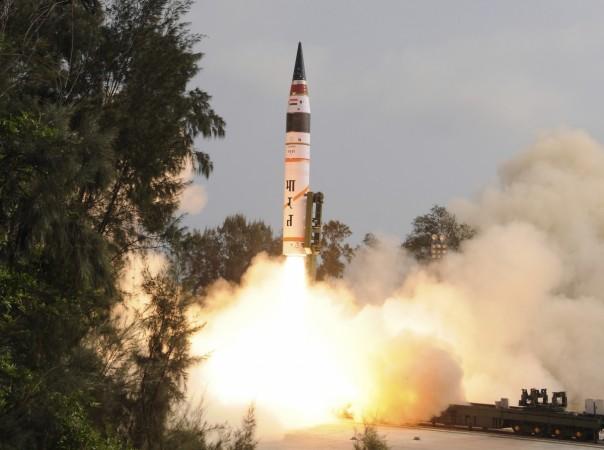
India's modernisation of the military has been put on a fast track, with a $130 billion mega plan that is expected to make the country capable of tackling simultaneous strategic threats, from Pakistan on the western border and China on the northern and eastern borders, according to reports.
The Prime Minister Narendra Modi-led government has drawn up a plan to modernise the Indian Armed forces, a media report said citing an official document.
The central government is speeding up the modernisation programme, that has been on for some years now, in view of the worsening security situation along the western border and the Line of Control (LoC) in Jammu and Kashmir.
The abrogation of Article 370 of the Constitution and converting India's northern-most state into two Union Territories have invited strong objections from Islamabad and Beijing. The Line of Actual Control (LAC), treated as the border with China, is also under threat as Chinese leaders have questioned the change of status of Ladakh.
The government has decided on a broad plan to speed up the modernisation of the three services, under which, a range of critical weapons, missiles, fighter jets, submarines and warships will be procured in the next few years, an Economic Times report said, citing anonymous official sources. They said infantry modernisation is the immediate task, including procuring 2,600 infantry combat vehicles and 1,700 future-ready combat vehicles for the Indian Army, the report says.
High on the list of priorities is to procure 110 multirole fighter aircraft for the IAF. "The government will spend $130 billion for force modernisation in the next 5-7 years across all services," the report quoted the document as saying. The armed forces have been seeking more funds so as to meet the possibility of a "two-front" war.

The government is aware of China ramping up its air and naval power, the sources said, adding the aim is to equip the IAF and the Indian Navy to meet any Chinese threat. The Navy has finalised plans to raise its inventory to 200 ships, 500 aircraft and 24 attack submarines in the next 3-4 years to bolster its operational capability. The present strength of the Navy is reportedly 132 warships, 220 aircraft and 15 submarines.
The plan also aims at significantly enhancing IAF's overall combat capabilities. It involves bolstering the air defence over major population centres like metros, the sources said. The document considers strengthening the country's missile defence vital to secure the airspace. India is set to take delivery of the S-400 Triumf air defence system from Russia in the next couple of years under a $5.5-billion deal.
In a break from the past, the document also seeks to induct the first batch of Agni V missiles with a projected range of 5,000 km. International opinion is that this is an intercontinental ballistic missile (ICBM) capable of going beyond the threshold range of 5,500 km. Currently, only the US, China, Russia, France and North Korea have ICBMs.
The Agni V missile fitted on mobile launchers is said to be capable of hitting targets up to 8,000km away and is capable of carrying a nuclear warhead and incorporating the advanced MIRV (multiple independently targetable re-entry vehicles) technology that can beat the usual ant-ballistic missile systems. The Defence Research and Development Organisation (DRDO) first tested it in April 2012 and the tested it for the seventh time in December last year. It is believed that the missile is now ready for induction.
The document pitches for faster development of a domestic defence industry for which the government may roll out key policy initiatives in the next couple of months.









